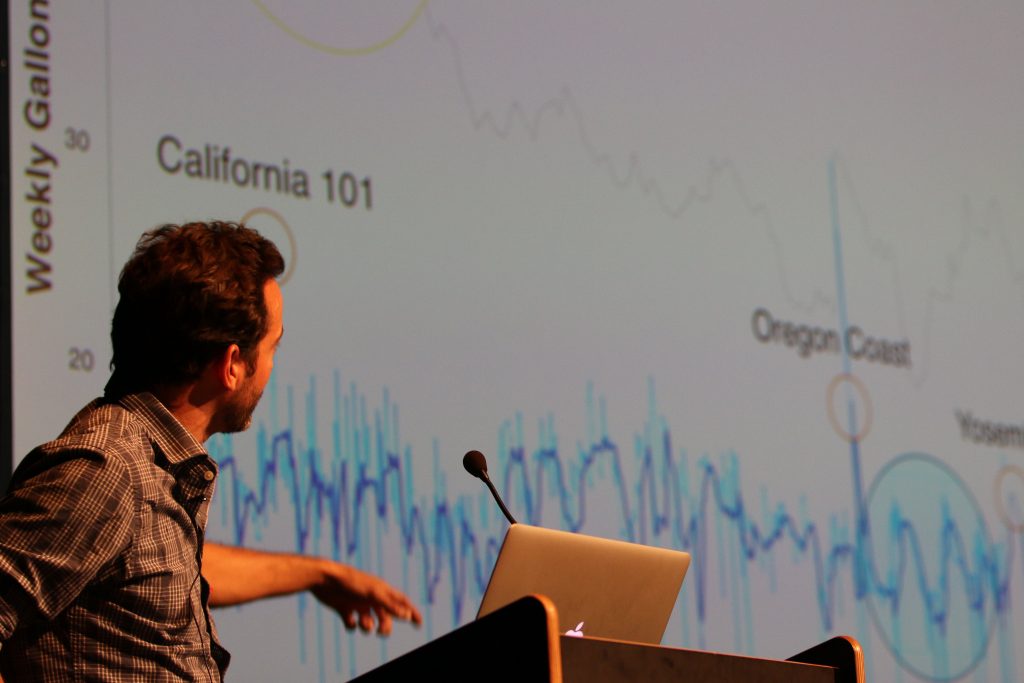
The Unreasonable Effectiveness of the QS Show&Tell
Gary Wolf
January 7, 2020
The Quantified Self community organized itself around one key activity: sharing first person reports about our own discoveries using our own data. Why does it work so well?

The Quantified Self community organized itself around one key activity: sharing first person reports about our own discoveries using our own data. Why does it work so well?
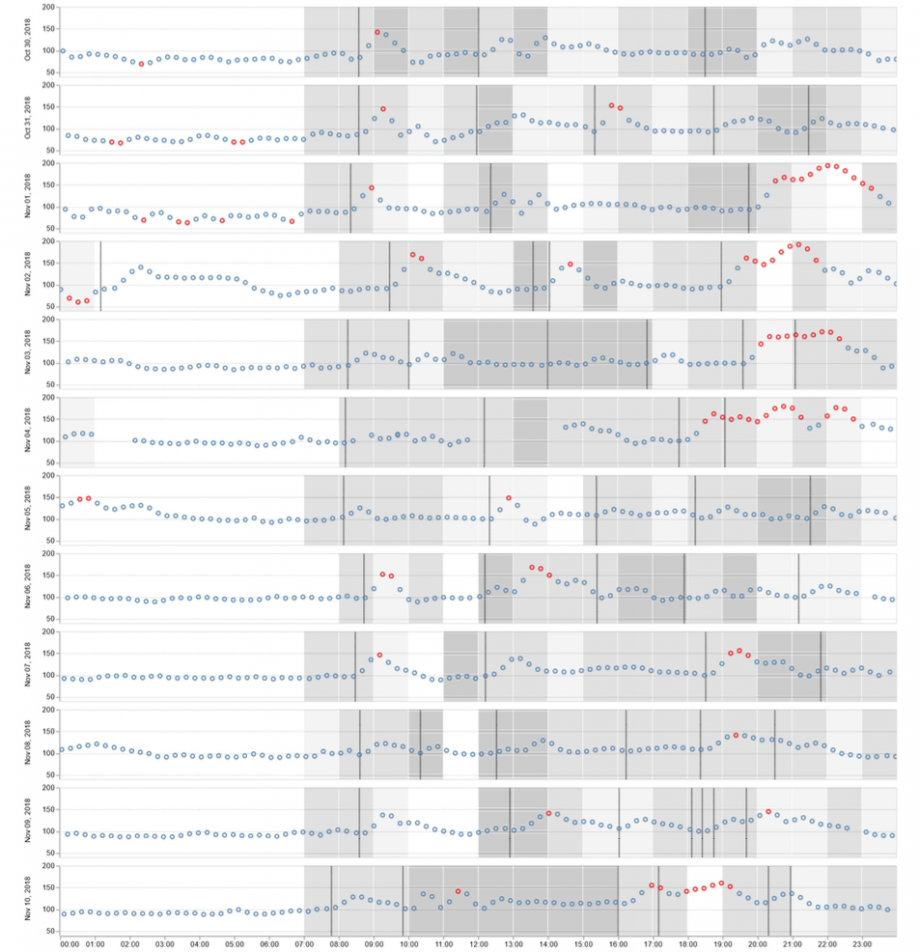
Not all foods affect your metablism the same way.
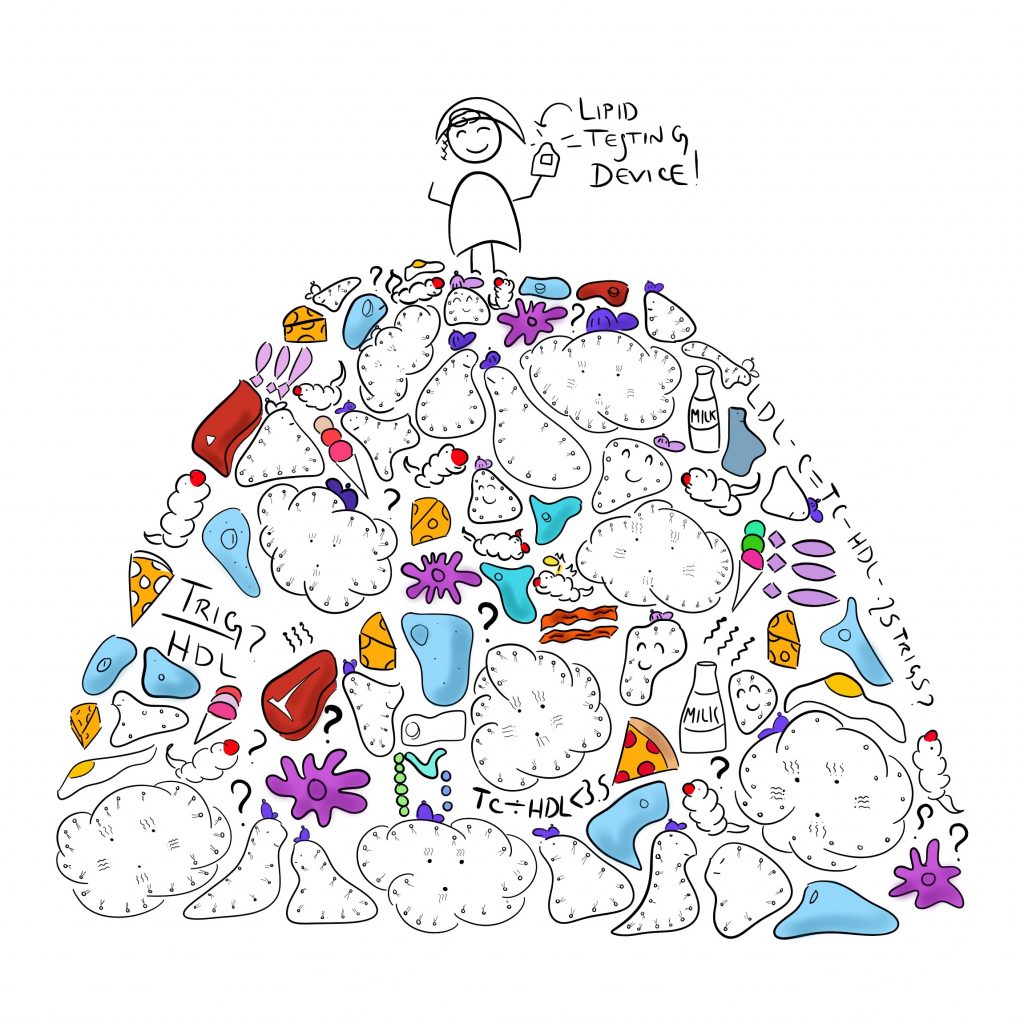
We’ve been organizing small group projects that show how collaboration can make individual projects easier. We published a white paper documenting the design and implementation of our “Bloodtesters” participant-led research (PLR), hoping it will be useful to others who follow in our footsteps.
Discovering that his resting heart rate goes down when he walks outside in the morning, Stephen Wolfram figured out how to keep working during that time.
Quantified Self and Open Humans are working together to create a research infrastructure that prioritizes participant agency.
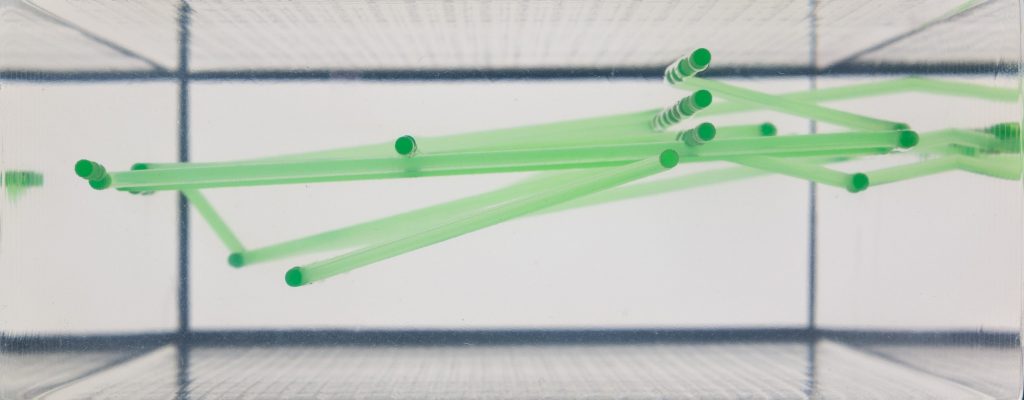
Stephen Cartwright has been tracking his location by the minute for more than twenty years, using the detailed records as material for artworks that embody biographical time with a materiality through which invisible forces can be seen.
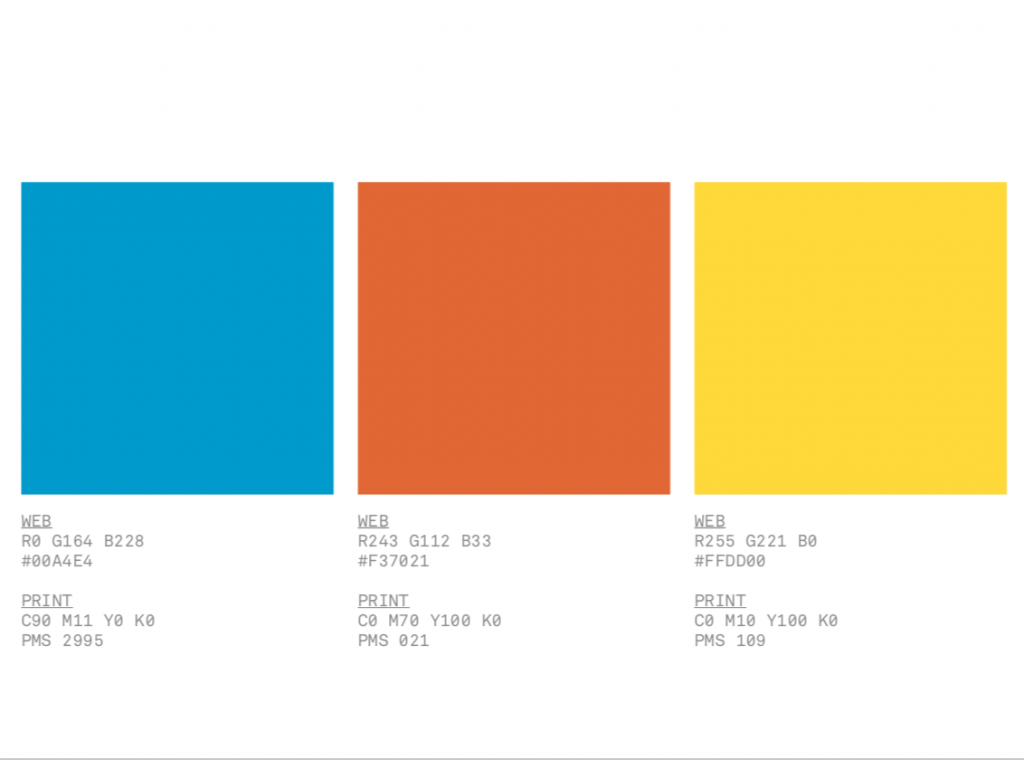
Thank you for exploring the new website for the QS community. You are part of a “work in progress” and all comment is welcome and useful. We have a list of small things to fix and a list of bigger improvements to make in the months ahead, but even if you think we already know about the issues you notice, go ahead and mention them anyway. You might have seen something new!
Dr. Alexander Smith found the trigger of his throat pain by eliminating a likely culprit from his diet: dairy. He noted that the pain disappeared, and then reintroducing the offending food and noticing that the pain came back. This simple protocol substituted for a much more difficult process that is typically recommended, saving him a lot of time, stress, and money.
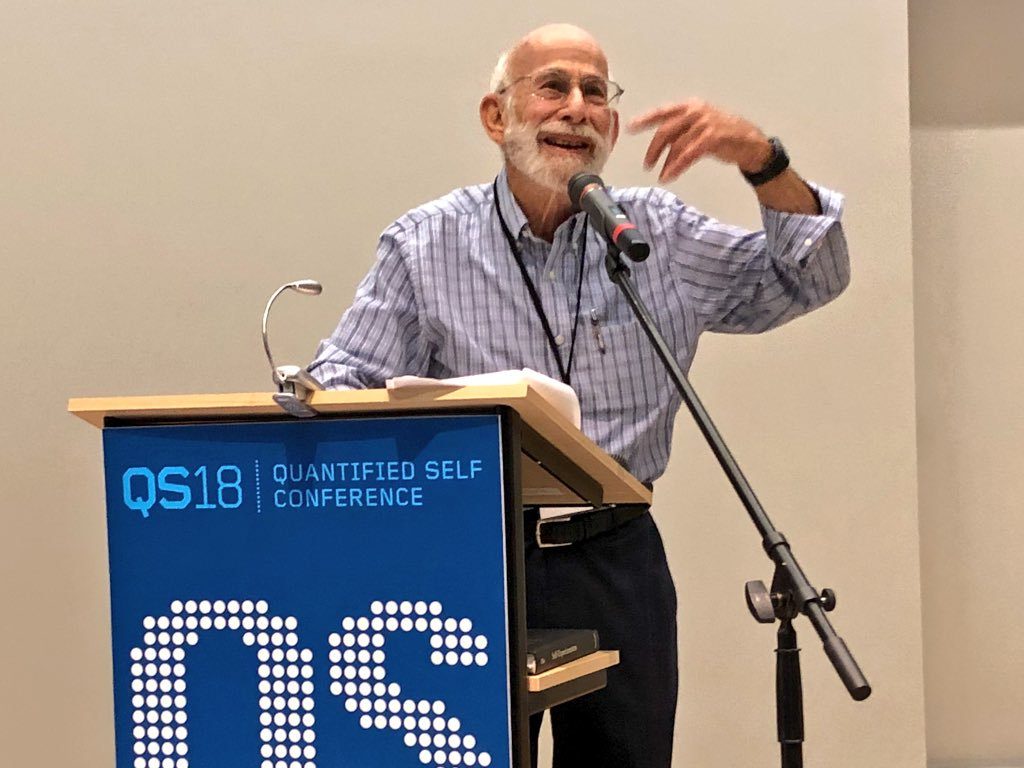
We’ve posted more than thirty new Show&Tell videos from our conference in Portland, including Professor Allen Neuringer’s remarkable opening talk about what he’s learned from thirty years of doing and teaching self-experimentation.
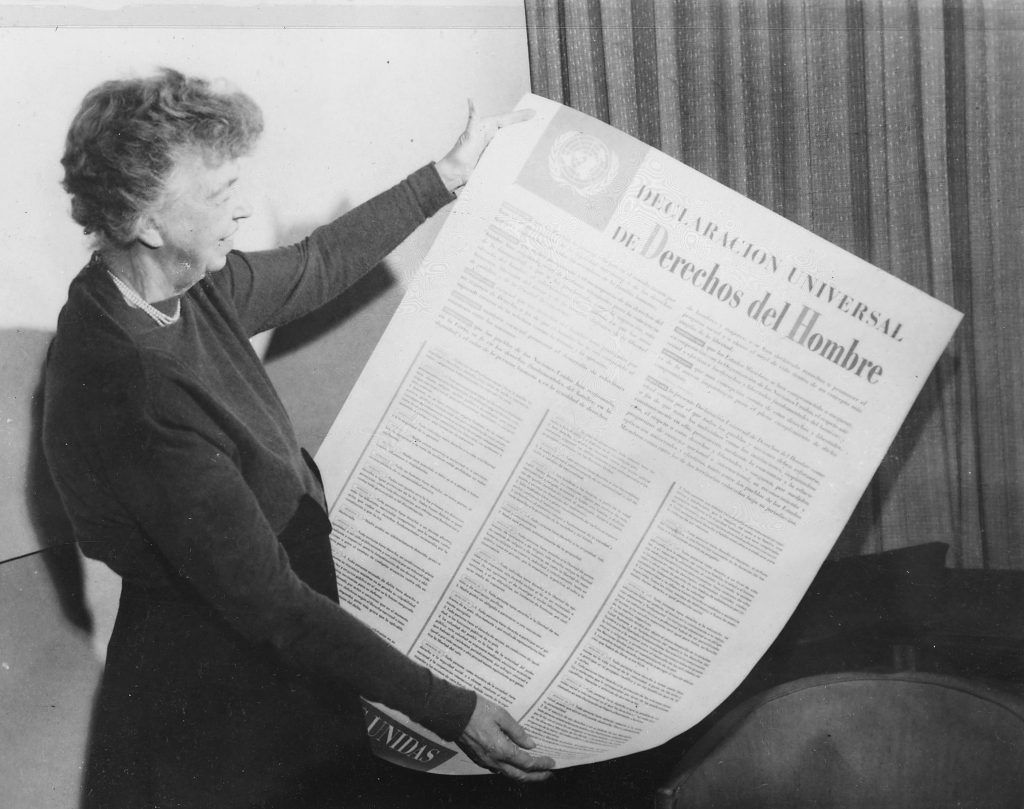
Over the last year, we’ve been working on the launch of a new nonprofit organization called Article 27, whose mission is to advance the human right to participate in science. Inspired by the achievements of the Quantified Self community, we want to do what we can to help everybody trying to learn about themselves using empirical methods.
Exactly ten years ago, at an early Quantified Self meetup, Joe Betts-La Croix expressed “three wishes” for tools to make data collection for self-tracking easier. Joe asked for: A simple database that would accept data inputs from anybody using fairly simple and adaptable formats (for instance .xml) and just hold it there, eventually allowing other…
The Quantified Self Conference was held on September 22nd and 23rd in Portland, Oregon. Over the two days of the conference we had over eighty talks, presentations, and breakout discussions about self-tracking, everyday science, and “self-knowledge through numbers.” Over the next few weeks we will be posting videos, slides and notes, but for now let us…
Surprisingly little of the attention and funding turned to personalized, predictive, preventative medicine has focused on the female reproductive system: pregnancy onset cannot be quickly identified, menopause onset and trajectory remain entirely mysterious, and adverse reactions to tools like hormonal birth control are difficult to anticipate. Importantly, there are no automated, cheap, high-accuracy methods…
Maggie Delano is a professor of engineering and very experienced self-tracker whose pioneering work on DIY measurements systems includes a fluid status monitor for patients with congestive heart failure and a wearable device that continuously measures single lead electrocardiogram (ECG) and three axis acceleration data for up to one week. She wrote the first Quantified…
Esther Dyson is a board member of 23andme, former chair of ICANN and the Electronic Frontier Foundation, and an investor in companies like Omada Health, PatientsLikeMe, and Medspace. But, like the rest of us, she spends a good portion of her life unconscious. While sleeping, she collects data with three different devices: Oura, Whoop, and…
If you were to look at Aaron Parecki’s map of his hometown, there is only a slight chance you’d recognize it as Portland, Oregon. Some roads are brightly colored thick lines that stand out against a black background and others are thin, barely visible filaments that are easy to miss. There are no marked roads…
In May we released the Personal Data Notebooks with Open Humans. These interactive documents – which bring together text, images and code – are designed to easily access an individual’s own personal data. At the launch of the Personal Data Notebooks we invited the Open Humans and Quantified Self community to contribute their own personal…
Please join us at QS18 for over 60 first person talks, tool demos, and expert-lead workshops about self-tracking, N-of-1, and everyday science. Our focus this year is on “QS&Learning.” Along with a special plenary talk and discussion by pioneering teacher, scholar and self-experimenter Alan Neuringer, we are bringing together Quantified Self experts from all over…
Following closely behind Whitney’s pregnancy project, it is fitting to share Erica Forzani’s pregnancy tracking project that can inspire any human who has carried a human in her belly. In addition to just being pregnant and dealing with the work involved with growing a human, Erica tracked her blood glucose levels, physical dimensions, weight, resting metabolic…
After conceiving a beautiful baby girl, Whitney E. Boesel participated in the Bloodtester’s Project – a group of self-trackers conducting their own experiments to better understand their cholesterol together. After having her baby, Whitney learned that her cholesterol was unusually high and she became curious to understand what the cause was. She presented her findings, Cholesterol Variability: Hours, Days,…